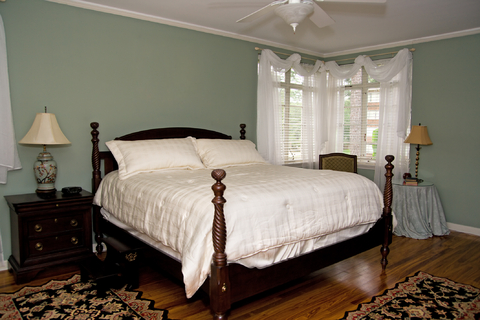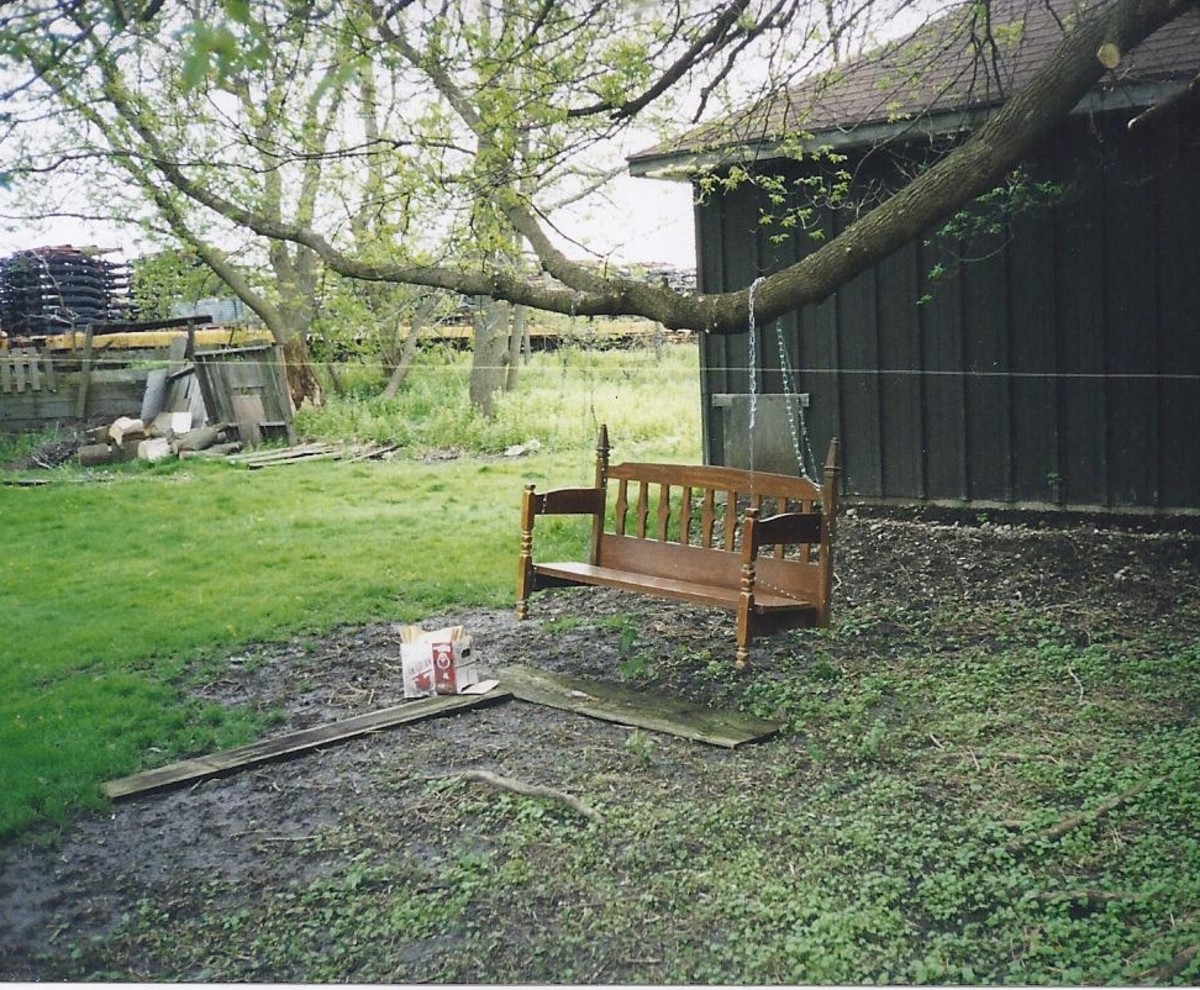The Upside of a Down Comforter
What is Down?
Down is a cluster of thousands of fibers growing underneath the breast feathers of duck or geese. Down is nature's way of providing warmth and insulation to these waterfowl, by trapping warm air next to the bird's skin.
Siberian and Hungarian geese tend to produce stronger clusters of down due to the colder climatic conditions of these countries. Unlike feathers, down does not have quills which enables down to fluff out or "loft" in any direction. When down lofts it traps air and provides insulation and warmth.
Larger, more mature birds generally produce better quality down. Down from immature birds tend to have poor lofting ability and due to the fragile nature of the fibres of immature birds the down tends to collapse in a relatively short time.
A comforter made with a mature down will be warmer, lighter and puffier and be more durable than one filed with immature down. Down from a mature duck is better than down from an immature goose but when age and maturity are equal, goose down is better than duck down.

What is Loft?
Each ounce of high quality down has about 2 million fluffy filaments that interlock and overlap to form a protective layer of still air that keeps warmth in and cold out. It is these tiny pockets of air trapped by the down fibres that actually do the insulating.
The more mature the down, the greater number of air pockets there are for more efficient insulating. Loft is directly related to insulating power. Because of its resilience, you can scrunch down up or flatten it out, and all it takes is a good shake for it to fluff up and bounce back.
Down clusters allow our natural body heat to keep us warm while allowing moisture to escape (known as wicking) therefore providing a level of comfort that is unsurpassed.
What to Consider When Purchasing a Down Comforter
Fill Power
Down insulation is rated by fill power, measured as the number of cubic inches displaced by a given ounce of down (in3/oz). Higher fill-power downs will thus insulate better than lower fill-power downs of the same weight.
Fill Power is one of the main quality determinants of down. Higher fill power means your down comforter will have better insulating qualities, be lighter and fluffier. Higher fill power goose down comforters generally last much longer and are a far better investment in the long term.
A good fill power range for a goose down comforter is 550 to 600 cubic inches. Fill power of 650 and higher is considered excellent and over 800 classified as superb quality. The higher the fill power, the better the down will insulate, last longer and be fluffier.
Fill Weight
Down Comforters are available in different weights, namely Summer Weight, Winter Weight and All Year Weight. The most economical choice would be a comforter that is suitable for all year round use as this would eliminate the necessity of alternative comforters or other bedding in the different seasons.
Thread Count
The quality of the materials that surround the feathers and the fabrications can help determine how well the down performs. Thread count is the number of threads that are contained in one square inch of fabric used for the covering in which the down is enclosed. Lighter and softer fabric will have a higher thread count.
A down comforter which is covered with a 100% cotton fabric of more than 300 thread count is considered to be excellent and 100% down proof and should last at least 15 years.
A large number of the luxurious goose down comforters have silk or combination of silk and cotton coverings. These fabrics have a very high thread count due to the silk content in the fabric. Higher thread count fabrics cover will protect the down from impurities and keep the fill inside the comforter.
Comforter Construction
Comforters come in open stitch (Karo-Step and Ring Stitch) where the filling can move, closed stitch (baffle box, sew-thru box stitches) fixing the filling into one small box to prevent unwanted shifting. A baffle box comforter has thin strips of material, known as baffles, sewn between the top and bottom cover in a checkered pattern, which form vertical interior walls of fabric along the stitching line. The baffles are usually between 6" and 15" in size with an equal amount of down in each. Baffling prevents the down from shifting but allows the down more room to fully loft thereby maximizing loft.
Fluffy, full down improves insulation but baffle box construction is typically more expensive than other types of constructions such as karo stitch which may allow the down to shift. Shifting of down could cause cold spots where no down is present and the full benefit of a down cover would be lost.
A box stitch comforter also has boxes created by sewing through both layers of the shell to serve the purpose of preventing the down from shifting. Instead of using baffles to separate the bottom and top covers these are sewn together to form the boxes.
Both baffle box and box stitch covers are excellent and serve the primary function of keeping the down from shifting or bunching up in the corners. Box stitch is more popular for the construction of lighter down comforters as less filling is required making these comforters better for summer, whereas baffle box is more popular for heavier, warmer down comforters
Comforter Warranties
The more luxurious and higher the quality of the comforter the better the warranty offered by the manufacturer. Warranty periods can vary between no warranty, 2 years warranty, 15 year warranty and a lifetime warranty.
A warranty should give you a good indication of the confidence that the manufacturer has as to the life expectancy of the particular goose down comforter.
Maintaining Your Goose Down Comforter
It is advisable to use duvet covers for protection of your goose down comforter thereby ensuring the minimum cleaning requirements.
Before using your goose down comforter for the first time air it out away from direct sunlight. Gently shake your new goose down comforter to allow it to refluff. The need to redistribute the fill in your goose down comforter is not a defect and is a natural occurrence.
A properly maintained comforter should only require cleaning after five to ten years of use, if at all.
"Fluff" or shake out your down comforter periodically. This lofts the fill, preventing matting and providing better insulation.
"Air out" your comforter occasionally. Hanging the comforter outside (away from sunlight), or by an open window for a few hours allows any absorbed moisture to evaporate.
Store your comforter properly in a dry, well-ventilated area to prevent mildew, in a breathable bag. Never store a goose down comforter in plastic as this will trap moisture resulting in mildew. Shake after removing from storage to allow it to re-loft.






